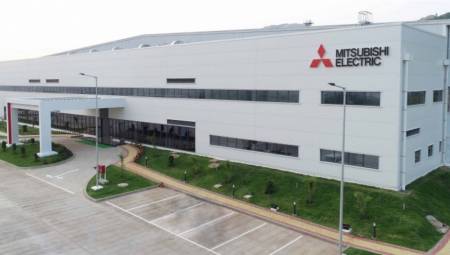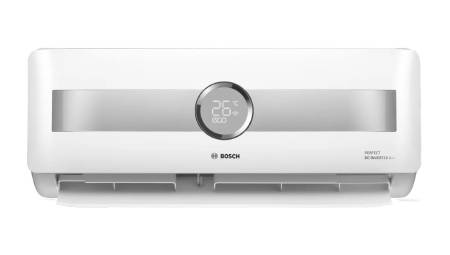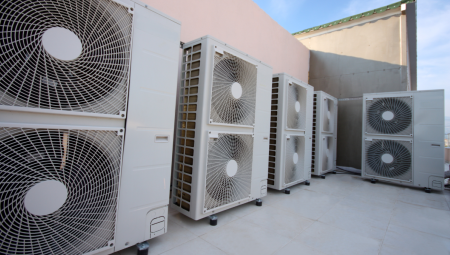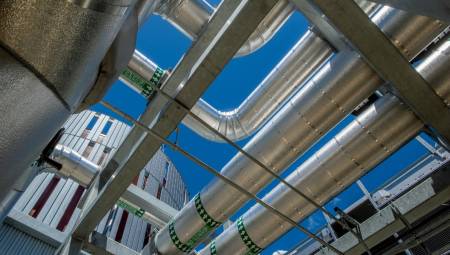 Air filtration and its best selection
Air filtration and its best selectionA filter with a larger filtration area not only has the benefit of greater durability, but also a lower pressure drop.
Air filtration directly influences any industrial process, it is necessary to know the most important aspects.
Today, air filtration is of utmost importance for any industry that in its manufacturing process requires air with some degree of cleanliness. Whether in the injection or expulsion into the atmosphere, the selection of a filter must be evaluated from an economic and above all technical perspective, which meets the ideal conditions of production and commitment to the environment.
It is recurrent that when we are presented with two economic proposals for the purchase of filters with equal efficiency in their performance, we lean towards the cheapest price, without realizing that in our selection of the product we pay the costs of a bad decision.
Why is there usually a difference in prices in filters of equal efficiency? There are several answers to the question, sometimes it is usually the brand, the perimeter seal of the filter, or simply the type of frame. However, the one that takes on a greater meaning about these possibilities and that usually makes the difference in price, is usually the area of the filter medium.
Years ago, I had the experience of having worked in the installation of a laboratory where equipment was mounted that injected air into the areas and others that were responsible for expelling the air to the outside. In both cases, filtration was selected based on airflow, pressure drop and logically for efficiency. After operating the equipment for a year, we were struck by the fact that our client did not speak to us for the purchase of the replacement of these filters.
When we showed up to find out what was going on, our client informed us that another supplier had apparently sold him the same filters 30% cheaper. In the first instance we were puzzled since technically and within the parameters of equivalence were the same, it was not until, after reviewing all the data, we realized that the equivalence of the area of the filter medium was missing, a data that was omitted in the proposal of our competitor.
The key question our client was asked was how often had the equipment filters changed? To which he replied that on three occasions in the span of a year. With our proposal, the filters would be changed twice a year. Our client not only ended up paying more for the filters but also the operating expenses that resulted from the stoppages to make the changes.
A selected filter with a larger filtration area, not only has the benefit of greater durability, in the design of a system, if these filter characteristics are contemplated, we will also obtain a lower pressure drop at the start and therefore the corresponding air flow.
The efficiency of a filter is determined by the test to which it is subjected according to the tests that ASHRAE has developed, among other organizations, hence it is important to determine what the application of the filter will be.
In this case, we will focus on the definition of the standards developed by ASHRAE, which are: 52.1-1992 and 52.2-1999. These tests determine the efficiency of the filter based on its holding capacity.
ASHRAE 52.1-1992 is a destructive type test where the filter is subjected to an established airflow and determines the dust retention capacity as well as its initial and final resistance.
The Synthetic Dust Weight Arrestance test is the percentage of synthetic powder (7.7 microns in diameter average) retained in the filter and subsequently weighed.
The Atmospheric Dust Spot Efficiency test consists of passing through untreated atmospheric air and its efficiency is determined by the ability to prevent staining a surface.
ASHRAE 52.2-1999 this test expresses the minimum capacity of a filter to retain particles. The filter is subjected to a test where a potassium chloride aerosol is used instead of dust, the particle dimensions are grouped into three groups, the first group has particles ranging from 0.30 to 1.00 microns; the second groups those from 1.00 to 3.00 microns and finally group three, where the particles cover a range of 3.00 to 10.00 microns.
Finally and after having made some considerations for the selection of a filter we can define the following terms:
Efficiency: is the ability of a filter to retain the largest amount of particles traveling in an airflow, the larger the dimension of the particle, the greater the efficiency of the filter.
Pressure drop: it will depend on the area of the filter media, the air flow and the efficiency of the filter, depending on the efficiency. It is advisable to select a filter with the lowest pressure drop based on airflow, as this will determine the power required to move air in a system.
Capacity: is the amount of air (expressed in cubic meters per hour or in cubic feet per minute) that a clean filter can handle at a specific initial pressure drop.
Air filtration represents a very important aspect especially for some industries. Pharmaceutical companies and hospitals must pay attention to each element that is part of it. Currently there are specialized alternatives for each area to perform optimally.













